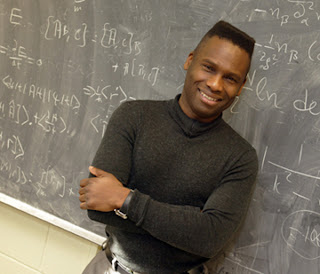CHAMPAIGN, Ill. — To engineers, it’s a tale as old as time: Electrical current is carried through materials by flowing electrons. But physicists at the University of Illinois and the University of Pennsylvania found that for copper-containing superconductors, known as cuprates, electrons are not enough to carry the current.
“The story of electrical conduction in metals is told entirely in terms of electrons. The cuprates show that there is something completely new to be understood beyond what electrons are doing,” said Philip Phillips, a professor of physics and of chemistry at the U. of I.
In physics, Luttinger’s theorem states that the number of electrons in a material is the same as the number of electrons in all of its atoms added together. Electrons are the sub-atomic particles that carry the current in a conductive material. Much-studied conducting materials, such as metals and semiconductors, hold true to the theorem.
Phillips’ group works on the theory behind high-temperature superconductors. In superconductors, current flows freely without resistance. Cuprate superconductors have puzzled physicists with their superconducting ability since their discovery in 1987.
The researchers developed a model outlining the breakdown of Luttinger’s theorem that is applicable to cuprate superconductors, since the hypotheses that the theorem is built on are violated at certain energies in these materials. The group tested it and indeed found discrepancies between the measured charge and the number of mobile electrons in cuprate superconductors, defying Luttinger.
News Bureau, Illinois:
Electrons are not enough: Cuprate superconductors defy convention

Comments